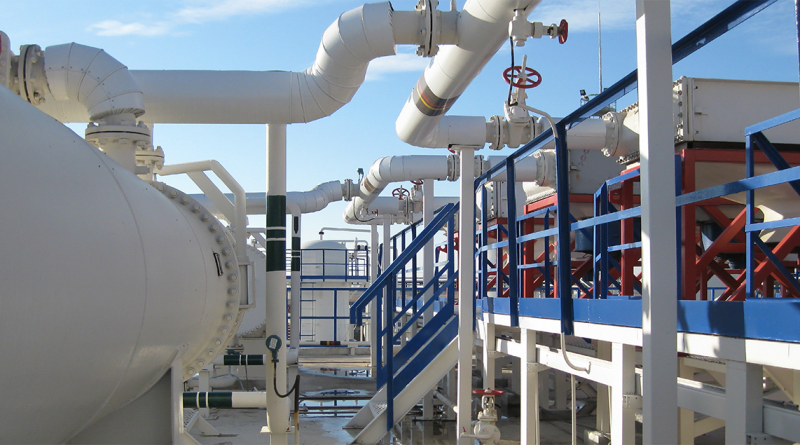Hydrogen Infrastructure Investment Fueled by Government Incentives
As logistics and transportation industries strive for sustainability, hydrogen fuel is emerging as a promising alternative to fossil fuels. Known for its potential to power vehicles with zero emissions, hydrogen could significantly reduce the environmental impact of logistics—one of the largest contributors to global emissions. Yet, despite hydrogen’s benefits, challenges like high production costs and complex infrastructure have limited its widespread use.
Government initiatives are helping to address these challenges. Key legislation, such as the Inflation Reduction Act (IRA), has introduced substantial incentives to cut costs for hydrogen production and drive industry investment. Federal and state programs are supporting private-sector innovation in hydrogen technology by offering grants, tax credits, and subsidies, which lower the financial hurdles for companies working in hydrogen.
Key government-backed initiatives driving hydrogen infrastructure
The Inflation Reduction Act has introduced tax credits of up to $3 per kilogram for clean hydrogen production, making it economically feasible for companies to invest in hydrogen projects. This incentive directly addresses the cost challenges of hydrogen and opens doors for companies interested in this fuel technology to scale their operations. In addition to the IRA, the US Department of Energy (DOE) funds the Hydrogen Program, a large-scale initiative that allocates billions toward hydrogen research, infrastructure projects, and fuel cell development. Programs through the Hydrogen and Fuel Cell Technologies Office (HFTO) are accelerating the rollout of hydrogen fueling stations nationwide.
Several states have launched their own programs to support hydrogen’s growth. For instance, California’s grants and subsidies focus on hydrogen as a means to meet the state’s stringent climate goals. New York’s Green Hydrogen Initiative and Texas’ Hydrogen Hub program encourage the establishment of production hubs and regional distribution networks, supporting a growing market for hydrogen across the country.
Public-private partnerships are a vital aspect of these initiatives. Partnerships between companies and government agencies help simplify permitting processes, establish production standards, and create the regulatory framework needed for hydrogen adoption.
Private sector innovations accelerating hydrogen adoption
Innovative private companies like Hydrogen-XT are advancing hydrogen’s viability with groundbreaking technology that addresses some of the logistical challenges of hydrogen fuel. Hydrogen-XT’s on-site production model generates hydrogen fuel at key locations, eliminating the need for complex transport networks and making hydrogen more accessible for industries with high fuel demands.
Hydrogen-XT’s approach reduces logistics costs by enabling hydrogen fuel to be produced and used on-site, enhancing efficiency and reducing reliance on large refueling infrastructure. This aligns well with government incentives, making hydrogen economically feasible in areas where conventional infrastructure would be expensive to establish. Additionally, other companies are contributing innovations in hydrogen fuel cell design, fuel storage, and mobile refueling solutions for commercial fleets. Supported by government funding, these advancements are creating a robust hydrogen ecosystem that could drive significant change in logistics.
For logistics companies, hydrogen offers potential long-term cost savings, even though initial infrastructure investments remain high. Government incentives help lower these initial costs, allowing hydrogen fuel to become a competitive option over time. Environmentally, hydrogen fuel cells produce only water vapor as a byproduct, which supports zero-emission goals in logistics. As logistics companies adopt hydrogen, they can reduce their carbon footprint and align with global sustainability standards.
Sources:
